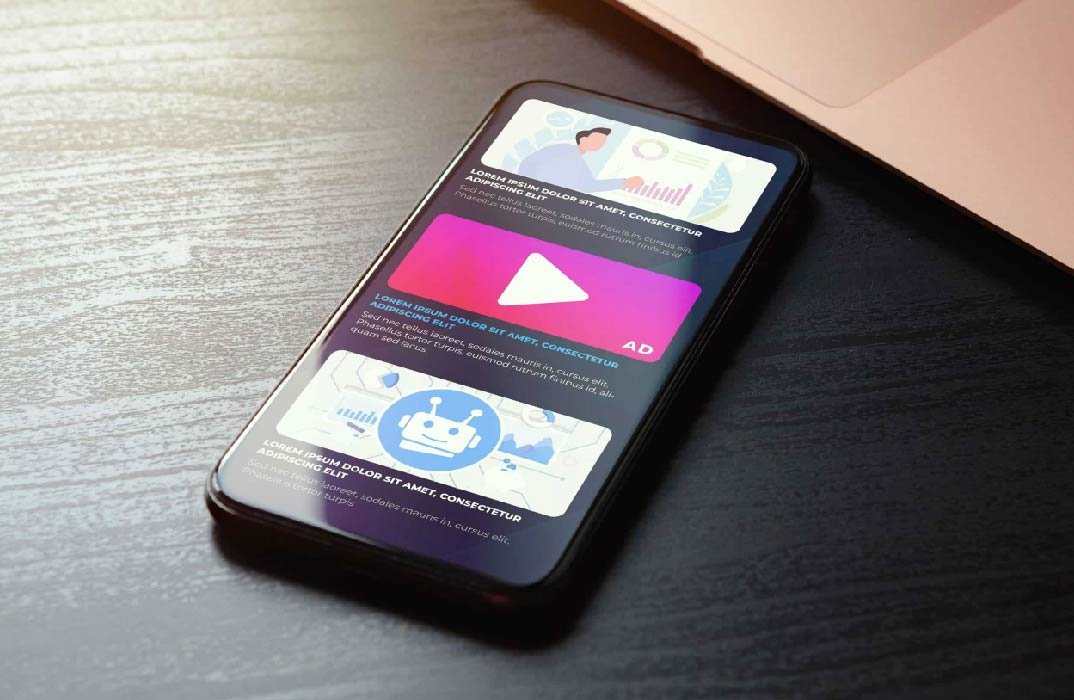Business
How Advertisers Use Native Placements to Boost Trust

When was the last time you clicked on something that looked like a regular article, only to realize later it was actually an ad? If it felt natural and didn’t interrupt your experience, that’s the magic of native advertising.
Native placements don’t shove a sales message in your face. Instead, they quietly blend in with their surroundings, appearing as recommended content, news stories, or social posts, while still delivering a marketing message. This approach isn’t just about being subtle. It’s about building trust in a way that traditional ads often fail to do.
Native Ads Fit In, Not Stand Out
One of the main reasons people respond better to native ads is that they don’t feel like ads. They match the tone, format, and style of the platform they’re on. Whether it’s a news site, a blog, or a video platform, native placements are built to flow with the content users are already consuming.
Instead of pushing a pop-up or flashy banner, advertisers are placing content within article feeds, recommendation boxes, or sponsored stories. It feels less intrusive and more like a natural next step in someone’s browsing experience.
Now, this isn’t about tricking people. Transparency is still key. Native ads are clearly marked, but the presentation is what matters. It’s respectful of the user’s time and attention, and that matters more than ever.
Why Native Builds More Trust
Trust isn’t something you get for free online. Consumers are skeptical, and for good reason. Banner ads and pop-ups have trained people to be wary of anything that screams “advertisement.”
Native placements change that dynamic. Here’s why they help advertisers come across as more trustworthy:
- Relevance – Native ads are typically aligned with the user’s interests or browsing habits, which means they feel more useful and timely.
- Tone matching – They adopt the same voice and format as the content around them, helping them feel more credible.
- Less disruption – People don’t like being interrupted. Native placements let them explore content without throwing them off track.
- Higher content quality – Advertisers know they need to offer value to keep people engaged, so the quality of native ad content tends to be higher than a typical display ad.
For advertisers looking to reach users in a meaningful way, the best native ad networks for advertisers offer not only better placement opportunities but also targeting options that increase relevance and engagement. This matters when the goal isn’t just clicks, but actual influence and trust.
Native Ad Formats: Your Goals Matter
There isn’t just one way to do native. In fact, that’s part of what makes it effective. Advertisers choose from a variety of placements depending on the platform and goals. Some of the most common formats include:
- In-feed content – These show up in article feeds or news lists, positioned just like editorial content.
- Content recommendations – You’ll often find these at the bottom of articles under a “You might also like” section.
- Branded content – Longer-form native ads that provide real value, like how-tos or opinion pieces, clearly marked as sponsored.
- Search and promoted listings – These show up in search results or category pages, especially in marketplaces or review sites.
What all of these formats share is a level of subtlety and integration that traditional ad formats lack.
It’s All About Context
One of the smartest things advertisers are doing with native placements is leveraging the power of context. People are more open to messages when they feel timely, helpful, and in sync with what they’re already exploring.
Let’s say someone is reading about home improvement tips. A native ad that offers a guide on energy-efficient upgrades doesn’t just make sense, it feels helpful. That kind of placement builds goodwill, not just visibility.
Compare that to a loud display ad for the same topic popping up while someone’s watching a funny video. Same message, totally different reception.
That’s the power of native: right message, right place, and right tone.
Why Native Placements Make Sense
Here are five core reasons advertisers love native placements:
- Better engagement – Native ads often get higher click-through rates than banners.
- Longer attention spans – People spend more time with content that feels like content, not an interruption.
- Improved brand perception – Being useful and relevant helps shape a more positive brand image.
- Mobile-friendly – Native fits naturally into mobile content feeds, which is where most people are browsing.
- Higher conversion potential – Trust leads to action. Native ads tend to see better post-click behavior.
Trust Is Earned, Not Demanded
The truth is, people don’t want to be sold to, but they’re open to discovering new things when it feels organic. Native placements offer that middle ground. They let brands show up in a way that’s aligned with what users are already looking for or reading.
This doesn’t just help with short-term engagement. Over time, it positions brands as more credible and less pushy. And in a digital space where users are constantly tuning out noise, that makes all the difference.
Native advertising isn’t just another tactic. It’s a shift in mindset, from attention-grabbing to value-giving.
What It All Comes Down To
Native placements work because they respect the user. They don’t interrupt. They don’t try too hard. And most importantly, they don’t treat the audience like a target; they treat them like people.
For advertisers, that means approaching content with empathy and intent. The best results come when native isn’t just well-placed, but well-thought-out. That’s how trust is built. And once you have that, everything else becomes easier: clicks, conversions, and long-term loyalty.
For More Information Visit Coopermagazine
-

 Celebrity11 months ago
Celebrity11 months agoWho Is Mindy Jennings?: All You Need To Know About Ken Jennings Wife
-

 Celebrity1 year ago
Celebrity1 year agoWho Is Jennifer Rauchet?: All You Need To Know About Pete Hegseth’s Wife
-

 Celebrity1 year ago
Celebrity1 year agoWho Is Enrica Cenzatti?: The Untold Story of Andrea Bocelli’s Ex-Wife
-

 Celebrity1 year ago
Celebrity1 year agoWho Is Klarissa Munz: The Untold Story of Freddie Highmore’s Wife
















